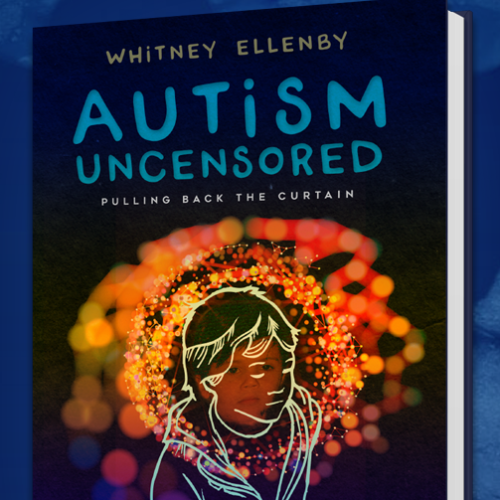Autism is considered a developmental disorder that affects communication and social relationships. The repertoire of interests and activities of a child with autism spectrum disorder is more limited and restricted, with a tendency to repetition and stereotypes.
Given the wide range of symptoms, the American Psychiatric Association and the Diagnostic and Statistical Manual of Mental Disorders (DSM) have expanded the classification to a broader term: autism spectrum disorders.
- Consider two cases: a 3-year-old who does not play with others and who also has a limited or stereotypical driving repertoire; a 10-year-old girl.
- Schooled.
- Monotonous-speaking.
- Who doesn’t know how to verbalize her emotions.
- But who is very good at math or has an extraordinary memory.
- Considering the individual differences.
- We ask ourselves: what is autism and what does it mean.
- How do we intervene?.
In the DSM-IV (Diagnostic Manual), the category of generalized developmental disorders includes five subtypes of autism: autism disorder, Asperger’s syndrome, childhood disintegration disorder, generalized developmental disorder (undefined TGD) and Rett syndrome.
On the other hand, in DSM-5, four of these subtypes (autistic disorder, Asperger’s syndrome, childhood disintegration disorder, and undeperated TGD) were replaced by the general category “Autism Spectrum Disorders” (ASD). Rett syndrome is no longer part of this classification system. Instead of distinguishing between these subtypes, the DSM-5 diagnostic definition specifies three severity levels of symptoms, as well as the level of support required.
Since 2000, research has shown great progress, so it has been possible to distinguish variants of certain genetic chains involved in the genesis of autism, which indicates that there is clearly a cause associated with neurological development, so many of These genes are involved in communication between neurons, leading to some of the functional abnormalities that we recognize in autism.
While this research is very helpful in understanding some of the causes of autism, it should be clear that autism is not determined by a “genetic failure. “This failure would, in a way, predispose the person or increase the risk, but it would not be a sufficient condition for them to develop autism. On the other hand, all this multicausality allows the variability of symptoms that we recognize in people with autism.
Therefore, we must be clear that
As professionals, when we are willing to make an assessment, we must manage ethical issues very well: taking care of the impact for parents, making realistic predictions, communicating that the manifestations of the disorder do not correspond to a fixed pattern and avoid stigma.
The key is to intervene in:
(1) Lack of social sensitivity: we will have to be able to multiply social interactions.
(2) High levels of self-determination: Think about cutting self-established behaviors and connecting them to the social, involving them with your environment.
In conclusion, it should be clear that any type of intervention requires a comprehensive schedule, in which the child with autism sees the behaviors that we want him to repeat, on the other hand, the instructions we give him must be clear, and we must be systematic and patient.

